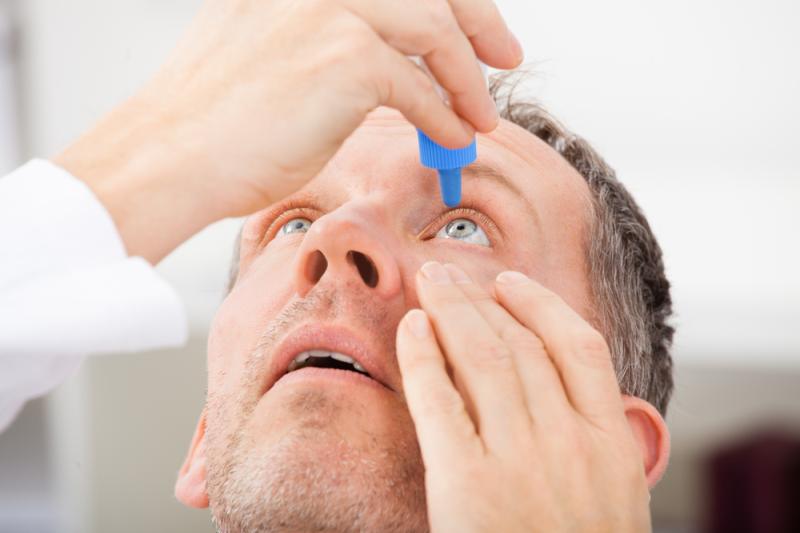 Remind customers to use eye treatments for a month only, as, after that, they become ineffective
Remind customers to use eye treatments for a month only, as, after that, they become ineffectiveEyes treated with steroid or nonsteroidal anti-inflammatory drug (NSAID) drops after selective laser trabeculoplasty (SLT) show significantly better reduction in intraocular pressure (IOP) at 12 weeks, a study has shown.
Patients aged >18 years with IOP of >18 mm Hg for whom the clinician decided SLT was the appropriate therapy were included in this double-masked, randomized, placebo-controlled, dual-centre, multisurgeon trial. They were randomly allocated to one of three groups: ketorolac 0.5%, prednisolone 1% or saline tears.
Participants were instructed to use an unmarked drop 4 times daily starting the day of SLT and continuing for 4 more days. The investigators used the Kruskal-Wallis test and Wilcoxon rank-sum test for continuous variables when comparing two or three treatment groups, respectively. For categorical variables, the Fisher exact test was used.
Ninety-six eyes of 85 patients were included in the trial. All three groups had similar baseline demographics and baseline IOP (mean, 23.3±3.9 mm Hg; p=0.57).
At week 6, no statistically significant difference in IOP decrease was observed among the NSAID, steroid and placebo groups. At week 12, a statistically greater decrease in IOP was found in the NSAID and steroid groups compared with the placebo group (mean, –6.2±3.1 mm Hg, –5.2±2.7 mm Hg and –3±4.3 mm Hg, respectively; NSAID vs placebo: p=0.02 [analysis of variance] and p=0.002 [t test]; steroid vs placebo: p=0.02).
“Short-term postoperative use of NSAID or steroid drops may improve IOP reduction after SLT,” the investigators said. “Longer-term follow-up studies are indicated.”